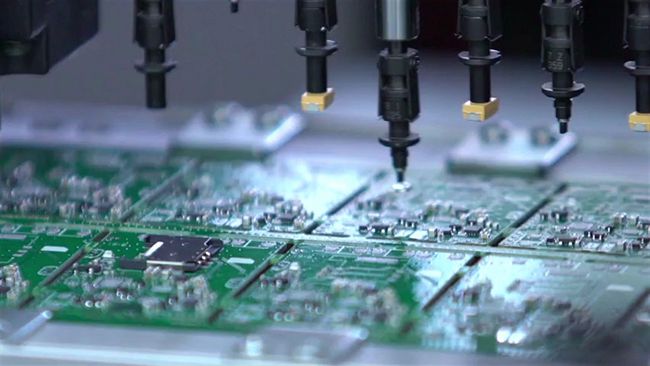In March, a dump truck and bulldozers were under construction in Licking County, Ohio, where a chip factory will be built in the future. Intel will set up two "fabs" there, at a cost of about $ 20 billion. In his State of the Union address, President Joe Biden called the land "the land of dreams. He lamented that it was "the cornerstone of America's future.
The epidemic over the years has proven the importance of chips to modern life. The demand for various chip-driven technologies is still on the rise, and today the vast majority of fields need to use this technology. Congress was considering a chip bill that promised $52 billion worth of subsidies to domestic industries to reduce U.S. dependence on foreign chip factories and to support projects such as Intel's Ohio plant.
Six months later, however, those dreams look like a nightmare. Demand for silicon seems to be falling as fast as it grew during the epidemic.
At the end of September, quarterly sales at Idaho-based memory chip maker Micron Technology fell 20 percent year over year, according to the Oct. 17 website of the British newspaper The Economist. A week later, California chip design company SuperVision Semiconductor Corp. cut its third-quarter sales forecast by 16 percent. Bloomberg reported that Intel Corp. released its latest quarterly report on Oct. 27, and the string of poor results is likely to continue, followed by the company's plan to lay off thousands of employees. Since July, about 30 of the largest U.S. chip companies have lowered their third-quarter revenue estimates from $99 billion to $88 billion. So far this year, the total market value of semiconductor companies listed in the United States has decreased by more than $1.5 trillion.

The chip industry is notoriously cyclical at the best of times: new capacity built to cope with growing demand takes several years to materialize, and by then demand is no longer white hot, the report said. In the United States, the government is driving this cycle. So far, the consumer goods industry has felt the cyclical downturn most strongly. Personal computers and smartphones account for nearly half of the $600 billion in annual chip sales. Consumers affected by inflation are buying fewer electronics as a result of splurging during the epidemic. Goldner Consulting expects smartphone sales to fall 6 percent this year, while personal computer sales will fall 10 percent. In February, Intel Corp. told investors that it expects demand for personal computers to grow steadily over the next five years. But apparently many purchases during the new crown epidemic have been brought forward, and such companies are adjusting their outlook.
Many analysts believe that the next crisis spread may be other areas. The panic rush during last year's global chip shortage led to a glut of silicon inventory for many automakers and commercial hardware makers. New Street Research estimates that from April to June, industrial companies' chip inventories were about 40% higher relative to sales than the highest level on record. Personal computer manufacturers and automotive companies are similarly well-stocked. Intel Corp. and Micron Technology Inc. blamed high inventories in part for the recent weak results.
Oversupply and weak demand are already affecting prices. According to Future Horizons, memory chip prices have fallen by two-fifths in the past year. Processing data and the degree of commercialization of logic chips than memory chips prices fell by 3% over the same period.

According to the U.S. "Wall Street Journal" reported that the United States has invested heavily in the chip field, but the world has been everywhere to implement incentives for chip manufacturing, which also makes the U.S. efforts more likely to become its mirror. South Korea has a series of strong incentives that it hopes will encourage about $260 billion in chip investment over the next five years. Japan is investing about $6 billion in a bid to double domestic chip revenue by the end of this decade.
In fact, the industry trade group American Semiconductor Industry Association also admitted that about three-quarters of the world's chip manufacturing capacity is now distributed in Asia. The U.S. accounts for only 13 percent.

